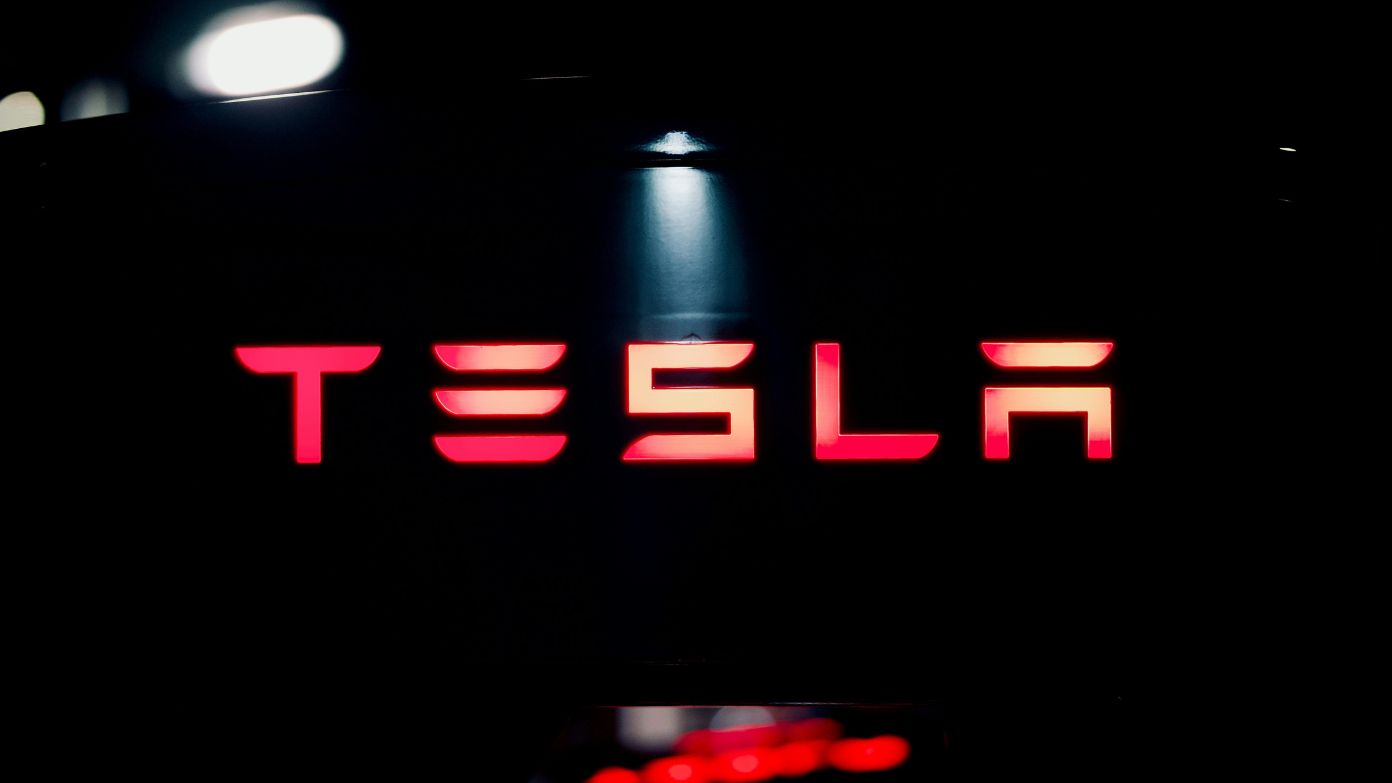Tesla’s first-quarter earnings sent shockwaves through Wall Street this week, plunging a staggering 71 percent, with profits dropping to just $409 million, or 12 cents per share. Revenue also missed the mark, falling 9 percent to $19.3 billion, well below analyst expectations.
Why did Tesla’s earnings drop so sharply in Q1?
If you were wondering as to why there was such a steep decline in Tesla’s performance, well, of course, part of the reason has to be with market conditions-it also has to do with the fact that part of Elon Musk’s busy life these days is spent with DOGE, the Department of Government Efficiency under the Trump administration, which further heightened the concerns for investors and stakeholders in general.
According to Maxwell Shulman of Beacon Policy Advisors, “Everybody expected there to be some negative effect on Tesla’s brand image, but it was just sort of the scale that took many people off guard.”
What is DOGE and why is it pulling Musk away from Tesla?
DOGE is a cost-cutting initiative backed by the federal government, and Musk has been a key player in leading the charge. While it may sound noble in theory—streamlining federal spending and reducing inefficiencies—Musk’s involvement came at a hefty cost to his private ventures, especially Tesla.
You might be asking, “Why would a CEO of one of the most innovative companies on Earth divert his time to federal affairs?” That is the exact question shareholders and even state treasurers are now demanding answers to.
In fact, eight state treasurers recently wrote a letter to Tesla Chair Robyn Denholm, saying Musk’s “external commitments raise serious questions about whether Tesla’s leadership is fully engaged in addressing the company’s core challenges.”
What did Musk say to calm Tesla investors?
During Tesla’s recent earnings call, Musk wasted no time addressing the elephant in the room: DOGE. He opened the call by assuring investors that his time allocation is about to shift significantly.
“Starting probably in [the] next month, May, my time allocation to DOGE will drop significantly,” Musk said, signaling a much-needed pivot back to his core duties at Tesla.
He acknowledged that the “major work” of establishing DOGE is now done, giving him the flexibility to reengage with Tesla operations. “I think I’ll continue to spend a day or two per week on government matters,” Musk added, “But starting next month, I’ll be allocating probably more of my time to Tesla.”
How did the markets react to Musk’s announcement?
Despite the gloomy numbers, Musk’s commitment to re-focus on Tesla did bring some immediate relief. Tesla shares rallied 6 percent the day after the earnings call, showing that investors still believe in Musk—provided he stays focused.
William Blair & Co. credited the DOGE announcement as the “largest component” in the rally, and Wedbush analysts called Musk’s comments “the biggest and best possible news” for Tesla’s outlook.
For many investors, this was not just a routine earnings call—it was a turning point. As Wedbush put it, “This was the time Musk could pivot… and he did it loudly and clearly.”
Is Musk’s shift in focus enough to reverse Tesla’s decline?
The real question you might be asking now is, “Will this be enough to turn Tesla around?” That remains to be seen.
While some analysts, like Seth Goldstein of Morningstar, believe Musk’s decision to dial back his government involvement “should be enough to alleviate concerns,” others are not so sure. Shulman warns, “Negative polarization is an extremely potent political force… Musk’s avid connection to the administration will make it hard for prospective buyers to untangle his association with Republicans and Donald Trump.”
So, while Musk’s words may have bought Tesla some breathing room, the company’s long-term recovery will depend on actions—not just announcements.

